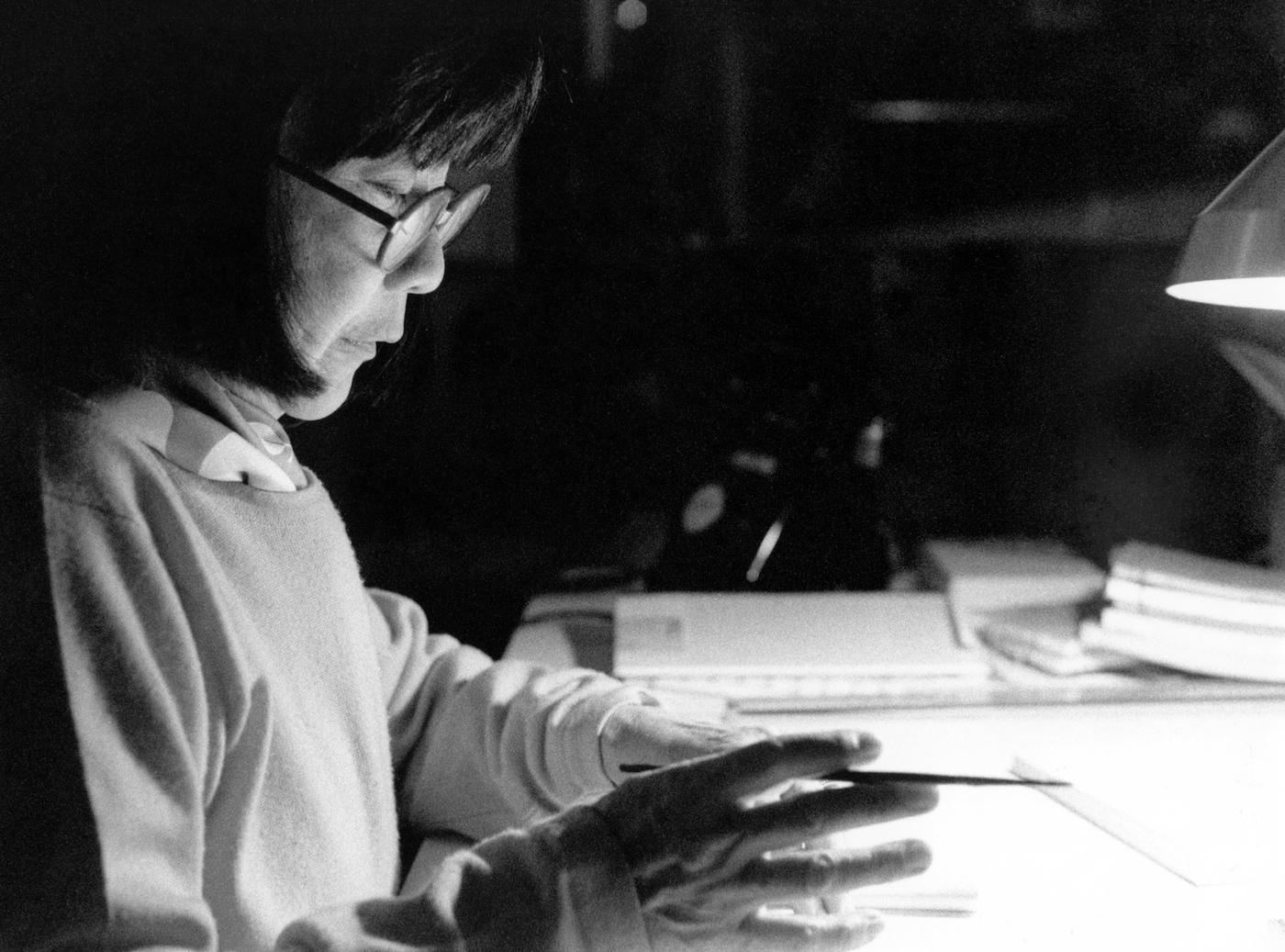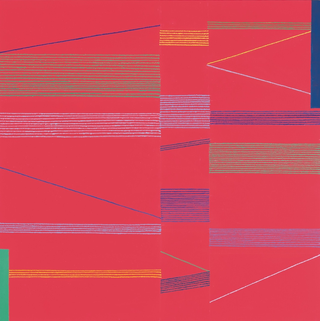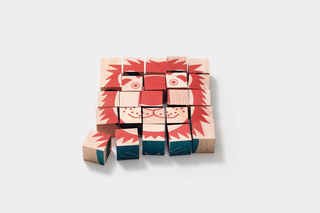On June 8, the Erich Lindenberg Art Foundation will inaugurate an exhibition dedicated to artist Aoi Huber Kono, whose work invites us to explore a universe where a multitude of artistic languages merge with a refined cultural dialogue. Her research encompasses a wide range of disciplines: from painting to engraving, ceramics to textiles, toys to carpets, extending also to illustration and children's publishing.
Her art evolves along two main lines: applied arts and fine arts. In the applied arts, small marks emerge and intertwine, giving rise to playful motifs for decorations, toys, and tapestries, eventually transforming into images such as ice cream, fish, and houses. The transition from applied arts to Art takes place gradually, stripping the work of figuration and allowing the mark itself to become the true protagonist. In this context, the work seems to approach the practice of Mondrian who, starting from a natural element such as a tree, breaks down and simplifies the marks into an abstract orthogonal plane, giving them a renewed visual language. The aesthetic results are reminiscent of the early 1940s. In particular, the approach to the surface in some works can be compared to that of Paul Klee, an artist with a similar style and compositional choices.
Overall, spaces, voids, and pauses give meaning to the form, which appears suspended in time.
The attention to detail and dedication to manual practice are characteristics that refer to the millennial tradition of Japanese art, from calligraphy to ceramics to screens. Aoi Huber Kono stands out for her ability to harmoniously blend Japanese sensibility and European rigor, creating an artistic language that is distinguished by its simplicity and elegance.
With this in mind, the Foundation, which has long been engaged in studying Erich Lindenberg's archive and highlighting the influence of the applied arts in his work, has decided to dedicate an exhibition project and a publication to one of the most significant voices in contemporary art. The exhibition at the Villa Pia Museum, following previous choices and taking into account the dual nature of the archive, traces a chronological path aimed at highlighting the richness of techniques and showing how these have been articulated and adapted to the historical and cultural context through his manual signature consisting of small marks.

On June 8, the Erich Lindenberg Art Foundation will inaugurate an exhibition dedicated to artist Aoi Huber Kono, whose work invites us to explore a universe where a multitude of artistic languages merge with a refined cultural dialogue. Her research encompasses a wide range of disciplines: from painting to engraving, ceramics to textiles, toys to carpets, extending also to illustration and children's publishing.
Her art evolves along two main lines: applied arts and fine arts. In the applied arts, small marks emerge and intertwine, giving rise to playful motifs for decorations, toys, and tapestries, eventually transforming into images such as ice cream, fish, and houses. The transition from applied arts to Art takes place gradually, stripping the work of figuration and allowing the mark itself to become the true protagonist. In this context, the work seems to approach the practice of Mondrian who, starting from a natural element such as a tree, breaks down and simplifies the marks into an abstract orthogonal plane, giving them a renewed visual language. The aesthetic results are reminiscent of the early 1940s. In particular, the approach to the surface in some works can be compared to that of Paul Klee, an artist with a similar style and compositional choices.
Overall, spaces, voids, and pauses give meaning to the form, which appears suspended in time.
The attention to detail and dedication to manual practice are characteristics that refer to the millennial tradition of Japanese art, from calligraphy to ceramics to screens. Aoi Huber Kono stands out for her ability to harmoniously blend Japanese sensibility and European rigor, creating an artistic language that is distinguished by its simplicity and elegance.
With this in mind, the Foundation, which has long been engaged in studying Erich Lindenberg's archive and highlighting the influence of the applied arts in his work, has decided to dedicate an exhibition project and a publication to one of the most significant voices in contemporary art. The exhibition at the Villa Pia Museum, following previous choices and taking into account the dual nature of the archive, traces a chronological path aimed at highlighting the richness of techniques and showing how these have been articulated and adapted to the historical and cultural context through his manual signature consisting of small marks.


Contatti
info@fondazionelindenberg.org